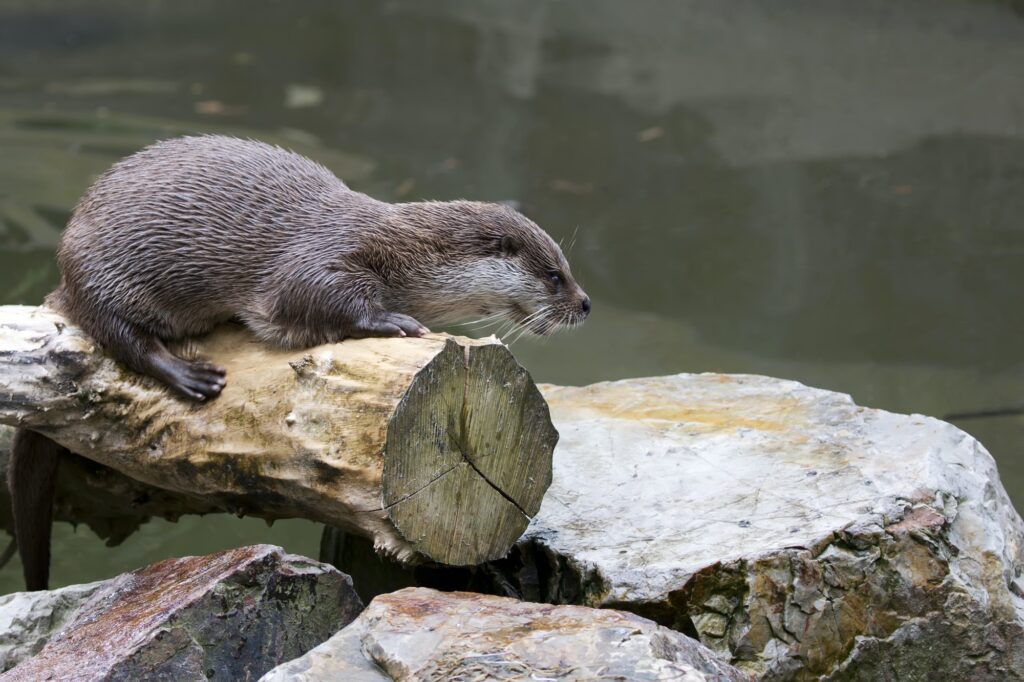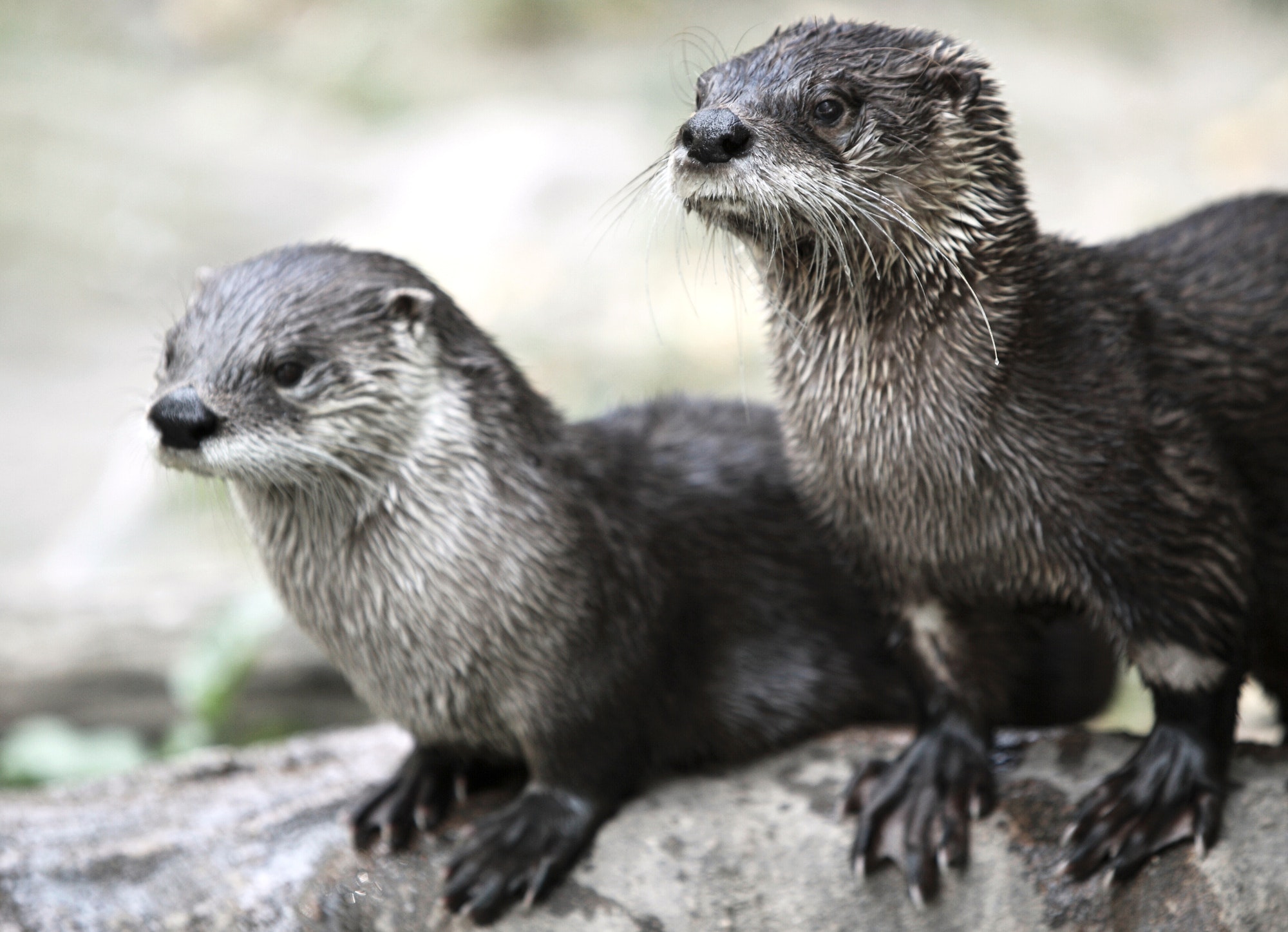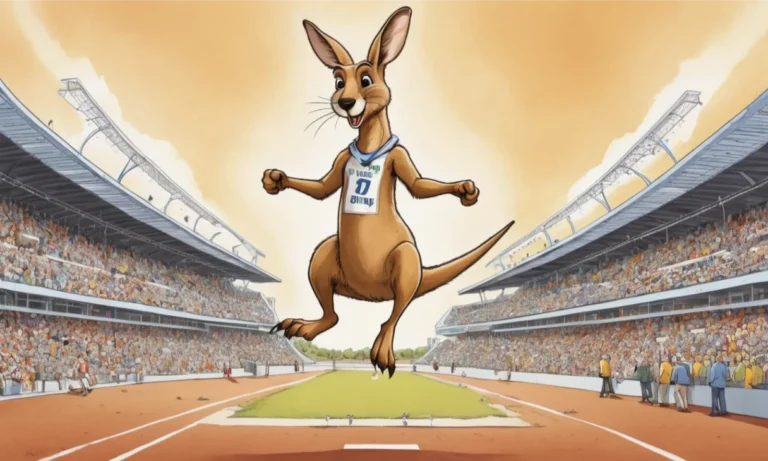Virginia River Otter: A Dive into the Life of this Aquatic Acrobat
The Virginia River Otter, scientifically known as Lontra canadensis, is a fascinating creature that calls the waterways of Virginia home. With its sleek, weasel-like body, small eyes, and webbed toes, this semi-aquatic mammal is a sight to behold.
Habitat and Range
The Virginia River Otter is found throughout Virginia, with a preference for food-rich coastal areas and the lower parts of streams and rivers. They are known to use drift piles, logjams, and even abandoned boat houses as their homes. These otters are not picky about their aquatic habitats, tolerating both cold and warm water environments as long as there’s plenty of food.
The otter symbolizes joy, playfulness, curiosity, communication, friendship, adaptability, and family. Encountering otters or having otter symbolism in dreams signifies increased playfulness, curiosity, adaptability, improved communication, and happiness in home and family life.

The otter symbolizes joy, playfulness, curiosity, communication, friendship, adaptability, and family. Encountering otters or having otter symbolism in dreams signifies increased playfulness, curiosity, adaptability, improved communication, and happiness in home and family life.
The otter symbolizes joy, playfulness, curiosity, communication, friendship, adaptability, and family. Encountering otters or having otter symbolism in dreams signifies increased playfulness, curiosity, adaptability, improved communication, and happiness in home and family life.
truespiritanimal.com
Behavior and Diet
Bold and playful, the Virginia River Otter is an active creature with peak feeding times at dawn and in the evening. They communicate using a variety of sounds, including whistles, yelps, growls, and screams, and even use body posture and scent marking to express themselves.
When it comes to their diet, these otters are carnivores with a taste for aquatic wildlife. They feast on a variety of creatures such as fish, crayfish, crabs, frogs, birds’ eggs, and even reptiles like turtles. Occasionally, they also munch on aquatic plants and small mammals.
Reproduction and Life Cycle
The breeding season for the Virginia River Otter is typically late winter to early spring. After mating, there’s a delay in implantation, which can last for nine to eleven months, followed by a 60-day gestation period. A litter of 1-6 kits is usually born from March to April in natal dens, which are often overhanging banks, tree knots, or abandoned stream bank burrows.
The male otter avoids the birth area but rejoins the family while the young learn to swim. The family group stays together for about 6 months to a year. The otters reach sexual maturity at the age of 2 to 3 years.
FAQ
What is the lifespan of a Virginia River Otter?
The lifespan of a Virginia River Otter in the wild is usually 8-9 years.
What are the main predators of the Virginia River Otter?
Bobcats, alligators, coyotes, raptors, and other large predators are known to prey on the Virginia River Otter.
How fast can a Virginia River Otter run?
On land, a Virginia River Otter can run at speeds of up to 15 miles (24 kilometers) an hour.
How do Virginia River Otters communicate?
Virginia River Otters communicate using a variety of sounds, including whistles, yelps, growls, and screams. They also use body posture and scent marking to express themselves.
What is the gestation period of a Virginia River Otter?
After a delay in implantation that can last for nine to eleven months, the gestation period of a Virginia River Otter is about 60 days.
How many kits does a Virginia River Otter usually have?
A Virginia River Otter usually has a litter of 1-6 kits.
At what age do Virginia River Otters reach sexual maturity?
Virginia River Otters reach sexual maturity at the age of 2 to 3 years.
The Virginia River Otter is a captivating creature with a rich life in the waterways of Virginia. From its diverse diet to its unique reproductive cycle, every aspect of this otter’s life is a testament to its adaptability and resilience. So, the next time you’re near a Virginia waterway, keep an eye out for this aquatic acrobat – you’re in for a treat!

